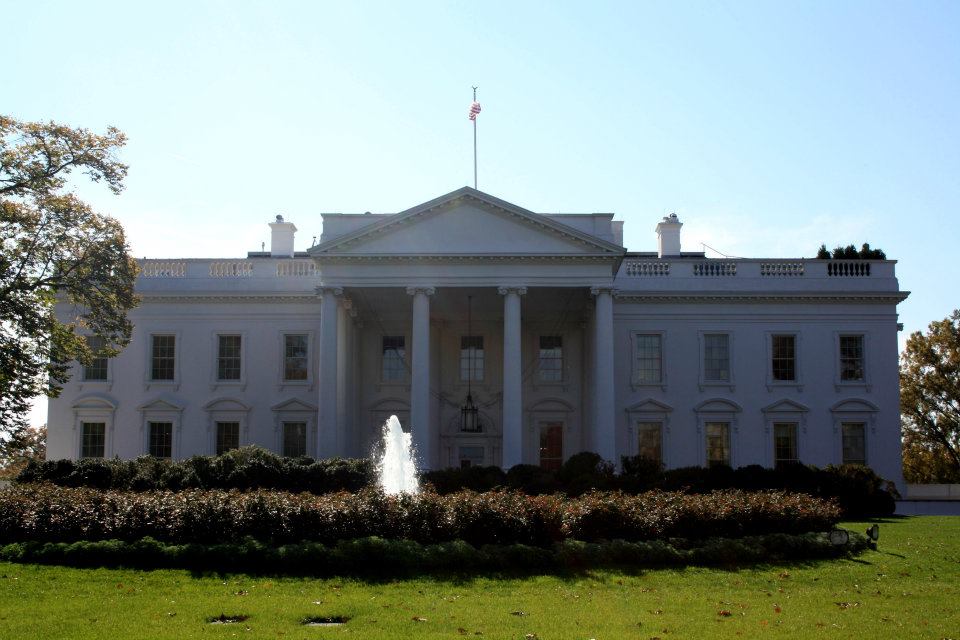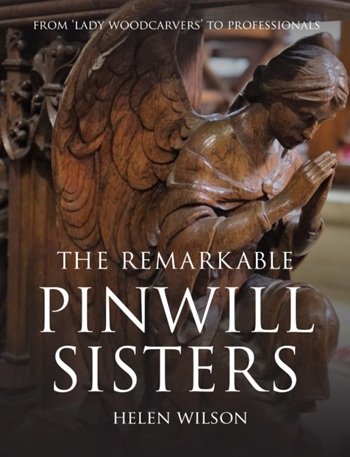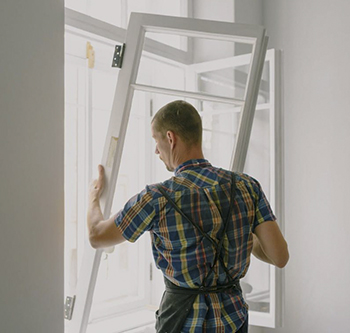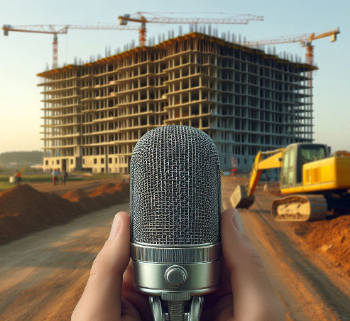Neoclassical architecture
Neoclassical architecture, also known as neoclassicism (sometimes new classicism), emerged in the mid-18th century as a reaction to Rococo. Derived from Palladian architecture, it has references to classical Greek and Roman architecture. Unlike Classical revivalism however, neoclassical architecture tends to draw upon the logic of entire Classical volumes rather than just reusing parts.
The characteristics of neoclassical architecture include the grand scale of the buildings, the simplicity of geometric forms, the Greek (particularly Doric) detailing, dramatic columns, and blank walls. By emphasising the simplicity of the wall and its flat, planar quality, as well as the separation of elements, the style was seen as a reaction to the more lavish excesses of Rococo.
The flatter projections and recessions had different effects on light and shade, and sculptural bas-reliefs were flatter and often framed in friezes, tablets or panels. These and other individual features were isolated and ‘complete in themselves’, rather than being integrated with other features.
The emergence of neoclassical architecture dates back to the 1750s, and was widespread across the United States and Europe. In particular, the city of St. Petersburg built a large number of neoclassical buildings under the reign of Catherine II. Similarly, British architecture came to be dominated by neoclassicism by the turn of the 19th century, with the work of architects such as Robert Adam and John Soane.
In France, Claude-Nicolas Ledoux oversaw a ‘second neoclassic wave’ which was more studied and more consciously archaeological, and was associated with the apex of the Napoleonic Empire. This second phase is referred to as ‘Directoire’ or ‘Empire’, as opposed to the earlier ‘Louis XVI style’.
Notable examples of neoclassical architecture include Karl Friedrich Schinkel’s Old Museum in Berlin, Sir John Soane’s Bank of England in London, and the White House in Washington D.C.
[edit] Related articles on Designing Buildings
- Architectural styles.
- Art Deco.
- Art Nouveau.
- Baroque architecture.
- Beaux Arts style.
- Chicago school of architecture.
- Classical architecture.
- Egyptian hall.
- Elements of classical columns.
- English architectural stylistic periods.
- Italian rationalism.
- Jacobean architecture.
- Monopteros.
- Palladian architecture.
- Rococo.
- The White House.
Featured articles and news
An engaging and lively review of his professional life.
Sustainable heating for listed buildings
A problem that needs to be approached intelligently.
50th Golden anniversary ECA Edmundson apprentice award
Deadline for entries has been extended to Friday 27 June, so don't miss out!
CIAT at the London Festival of Architecture
Designing for Everyone: Breaking Barriers in Inclusive Architecture.
Mixed reactions to apprenticeship and skills reform 2025
A 'welcome shift' for some and a 'backwards step' for others.
Licensing construction in the UK
As the latest report and proposal to licence builders reaches Parliament.
Building Safety Alliance golden thread guidance
Extensive excel checklist of information with guidance document freely accessible.
Fair Payment Code and other payment initiatives
For fair and late payments, need to work together to add value.
Pre-planning delivery programmes and delay penalties
Proposed for housebuilders in government reform: Speeding Up Build Out.
High street health: converting a building for healthcare uses
The benefits of health centres acting as new anchor sites in the high street.
The Remarkable Pinwill Sisters: from ‘lady woodcarvers’ to professionals. Book review.
Skills gap and investment returns on apprenticeships
ECA welcomes new reports from JTL Training and The Electrotechnical Skills Partnership.
Committee report criticises UK retrofit schemes
CIOB responds to UK’s Energy Security and Net Zero Committee report.
Design and construction industry podcasts
Professional development, practice, the pandemic, platforms and podcasts. Have we missed anything?
C20 Society; Buildings at Risk List 2025
10 more buildings published with updates on the past decade of buildings featured.
Boiler Upgrade Scheme and certifications consultation
Summary of government consultation, closing 11 June 2025.
Deputy editor of AT, Tim Fraser, discusses the newly formed society with its current chair, Chris Halligan MCIAT.
























